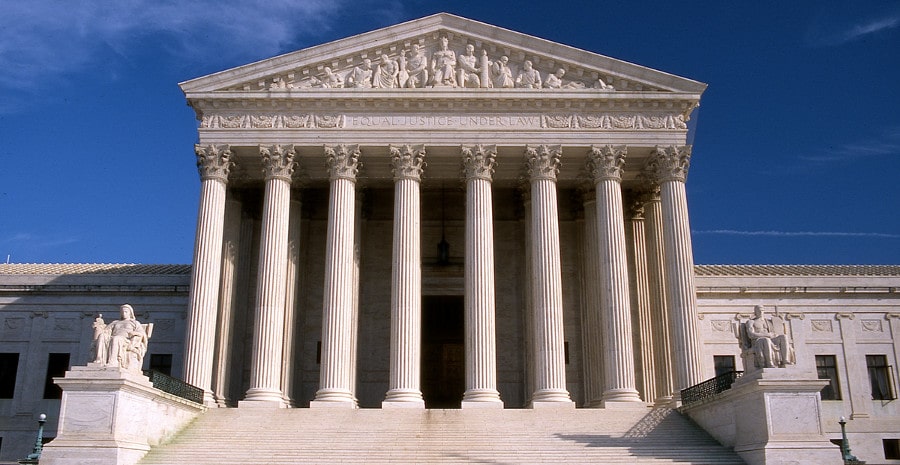In a growing list of firsts for the solar industry, this may be the first time that the Supreme Court hears a case brought by a rooftop solar company.
On Friday the nation’s highest court announced that it would hear an appeal by utility Salt River Project (SRP) to a lower court ruling which would allow Tesla to pursue a lawsuit against it for allegedly trying to maintain its monopoly by making customer-owned distributed solar impractical in its service area.
SRP is arguing that such a suit should be immediately thrown out, stating that it has authority to set prices under Arizona law and is immune to federal antitrust lawsuits. In June, the 9th Circuit Court rejected that argument, so SRP has taken the case to the Supreme Court.
This was the second time a judge had rejected SRP’s attempts to avoid this suit, and 9th Circuit Court Judge Rayes’ decision appears somewhat conventional, as he cited that the 4th and 6th Circuit courts had already ruled that defendants can’t get out of the rejection of a lower court ruling using the route that SRP was trying.
It is somewhat natural that SRP would see itself as immune to such challenges; as a member-owned cooperative, SRP is beholden to its members and is not subject to state oversight. As such, it’s unused to having its decisions overseen by government authorities.
And there is a long path forward for Tesla to actually win this suit, given that the matter being argued is whether such a case can be immediately thrown out, not its merits.
But digging a little deeper, this is not a suit that SRP, or any other utility, would ever want to see the light of day, and one strikes at the heart of the conflict between utilities and the rooftop solar industry.
Monopolies are no more popular in America than they were 100 years ago when President Theodore Roosevelt broke up Standard Oil. And while the classification of utilities to be “natural monopolies” may have made sense at a time when electricity generation was largely limited to large, centralized power facilities, that logic begins to fall apart as distributed generation begins to remake the electricity landscape.
It remains to be seen what tack the majority-conservative Supreme Court will take. But the longer this suit goes on and the more media attention it gets, the worse it looks for SRP, and utilities that fail to adapt their business models to new realities.
Supreme Court of the United States Blog estimates that the case is likely to be heard in early 2018 and decided by the end of June.
This content is protected by copyright and may not be reused. If you want to cooperate with us and would like to reuse some of our content, please contact: editors@pv-magazine.com.









Sort of on the same subject.
Utilities are companies.
Companies are people.
Why don’t I have the RIGHT to unplug from a utility?
Why do I HAVE to ASK permission from another person to do what I want in my home?
Governments give private people power over me.
Not only is it not free market…
It is full slavery. And I MEAN THAT!